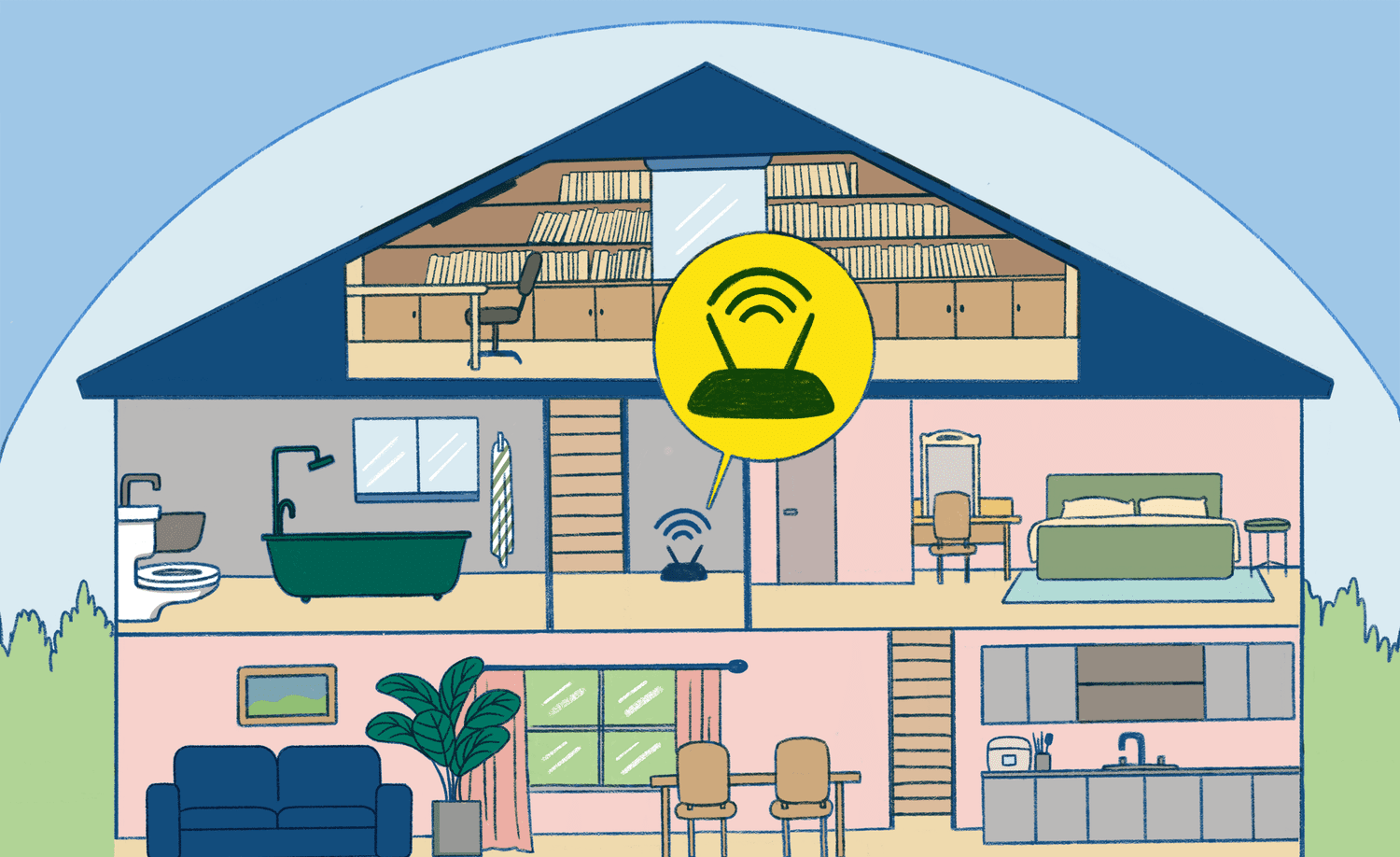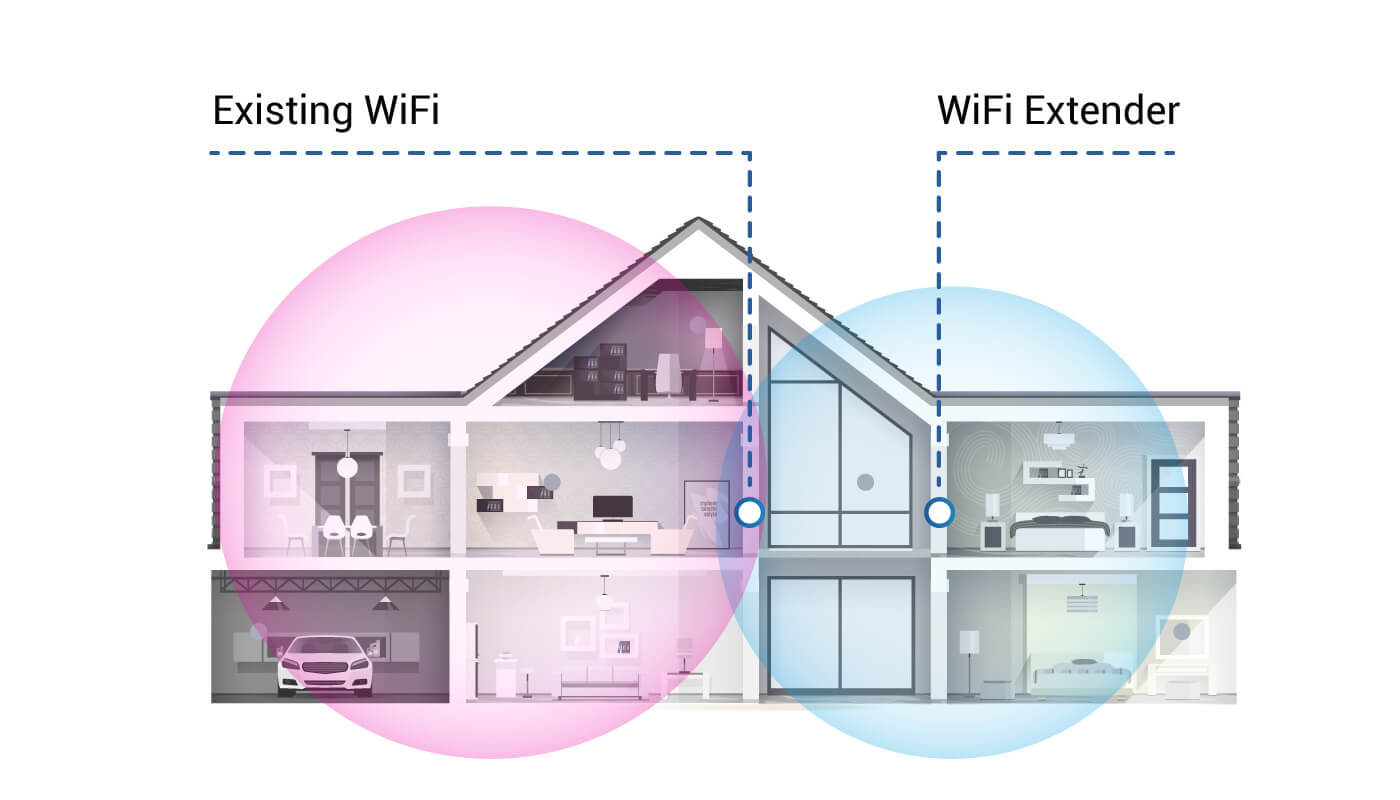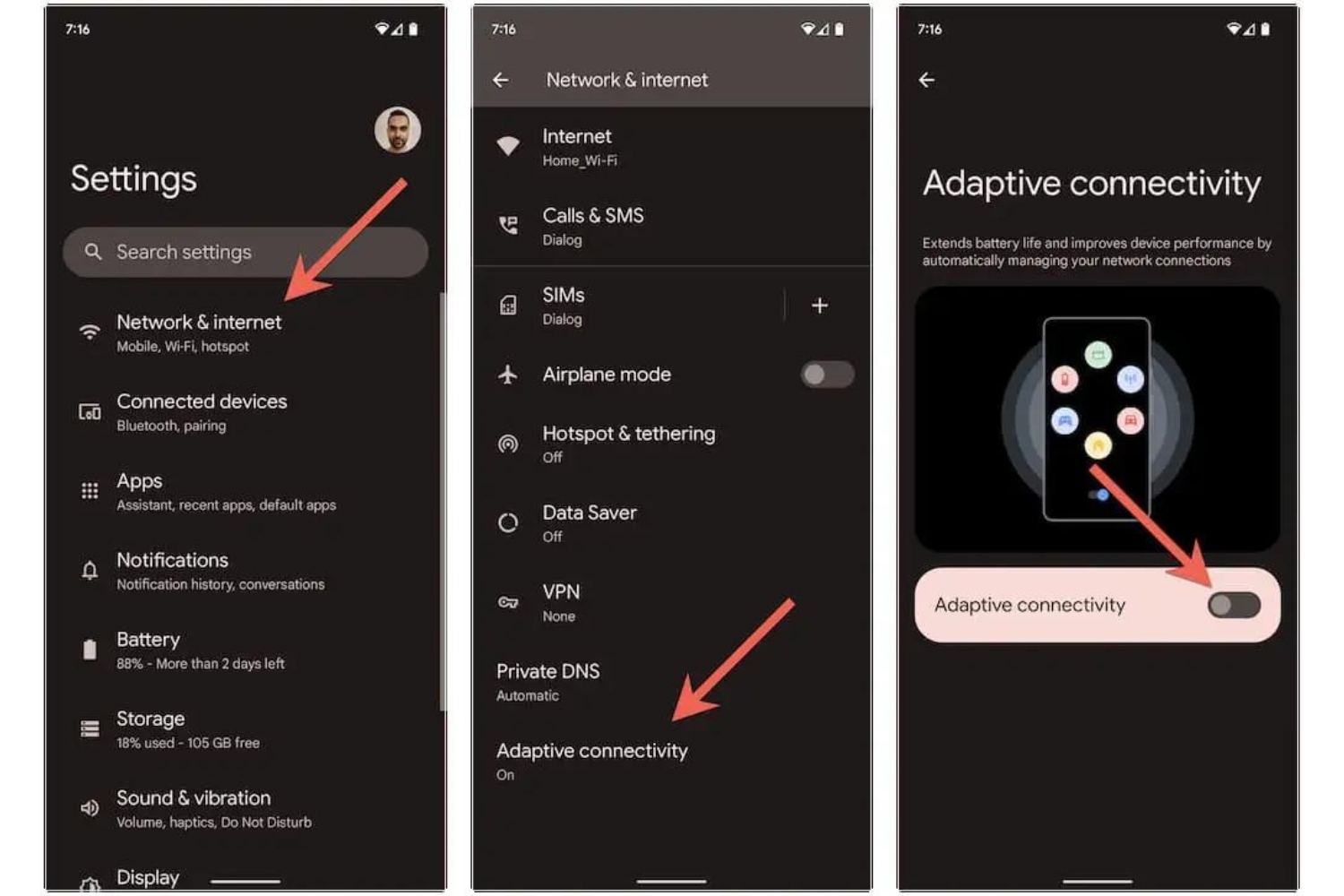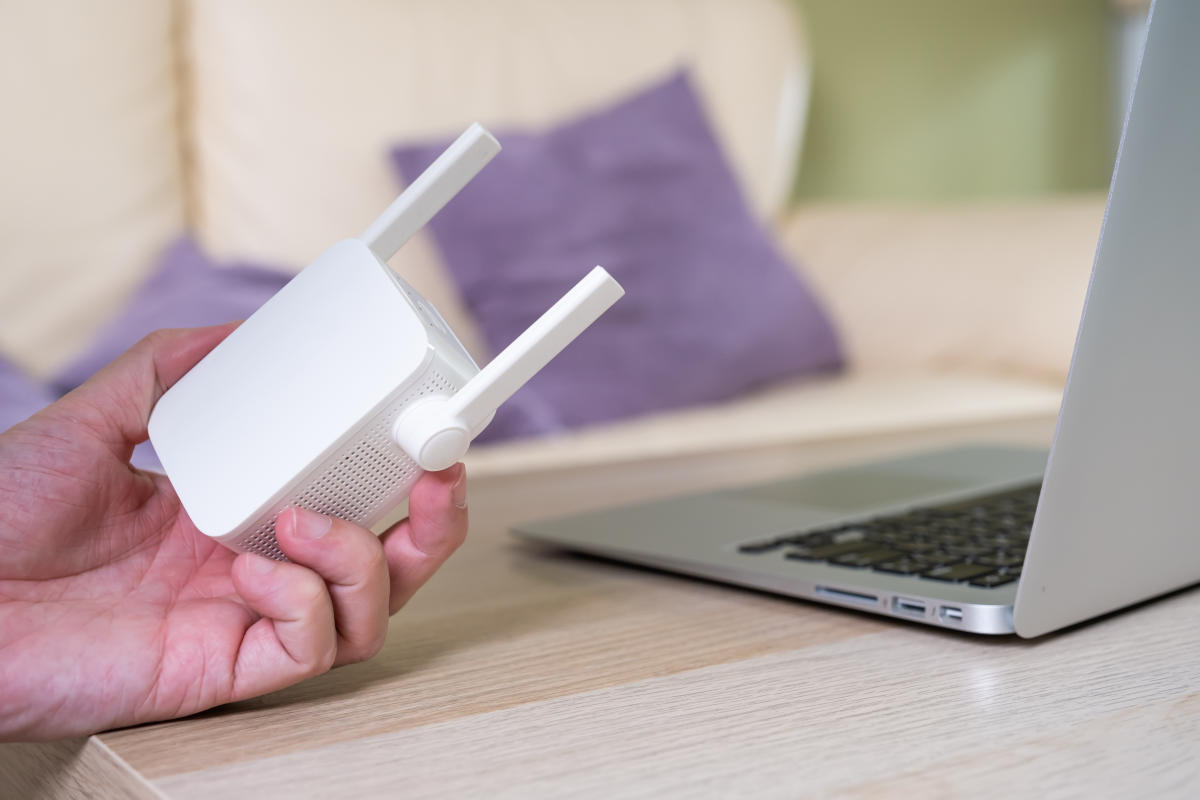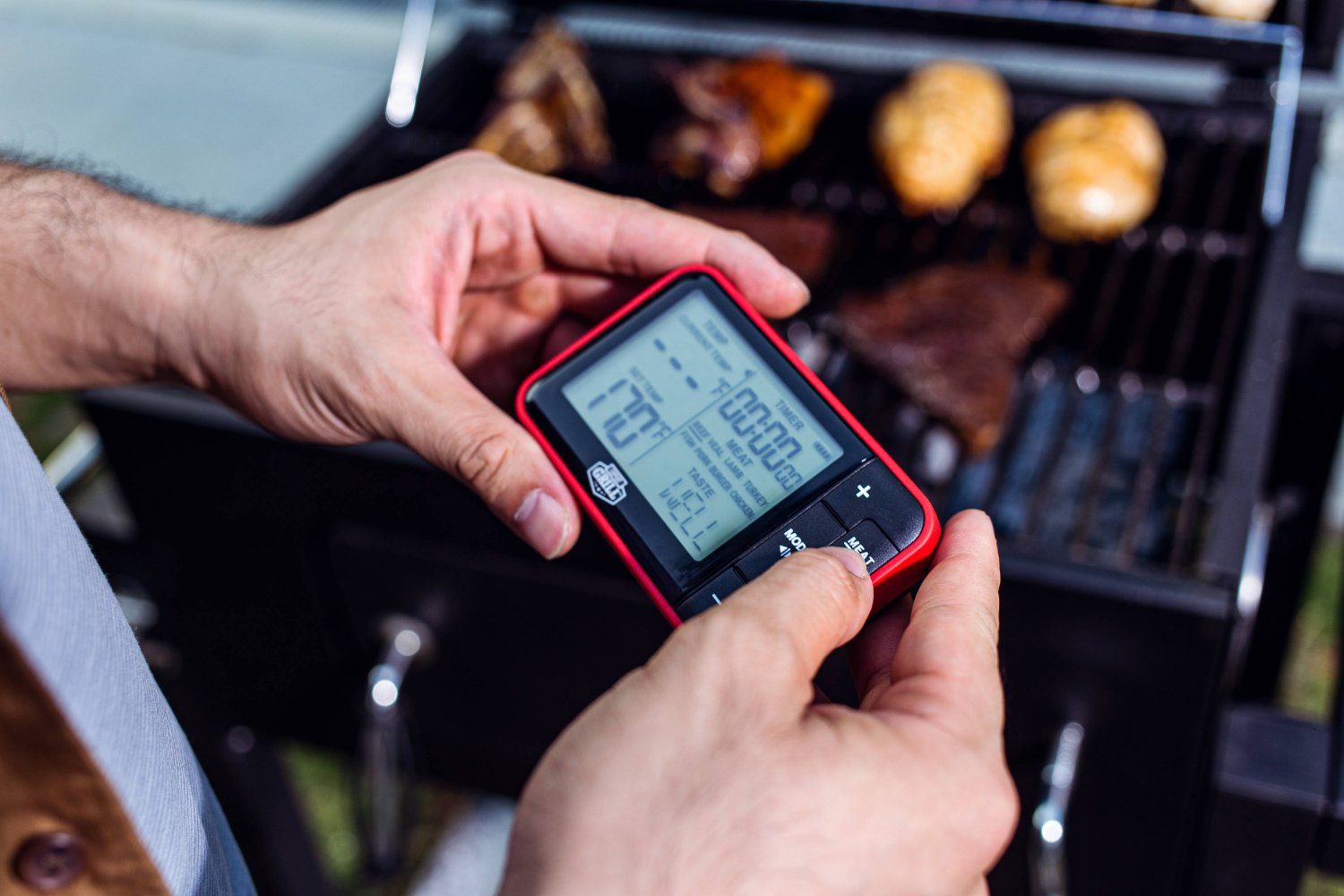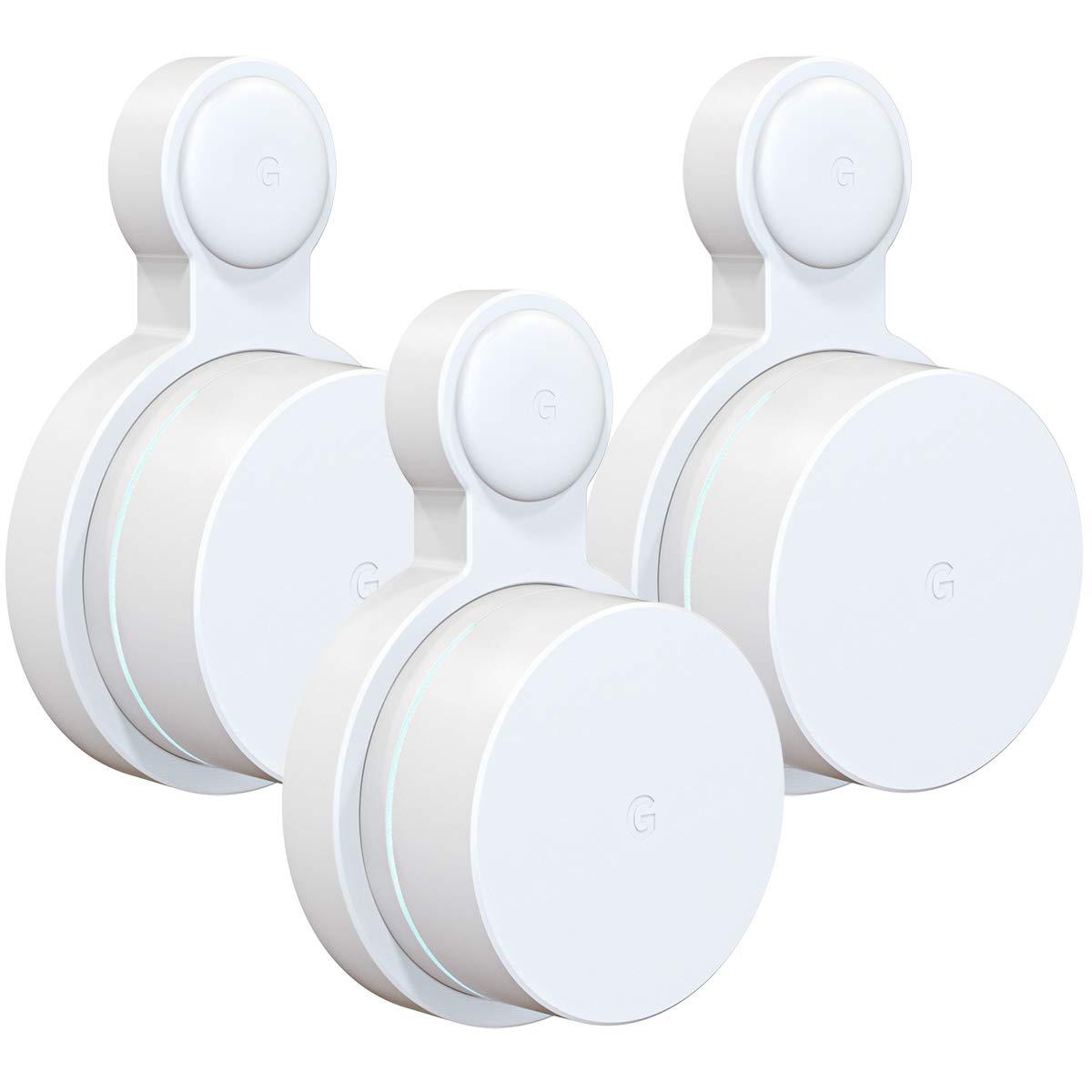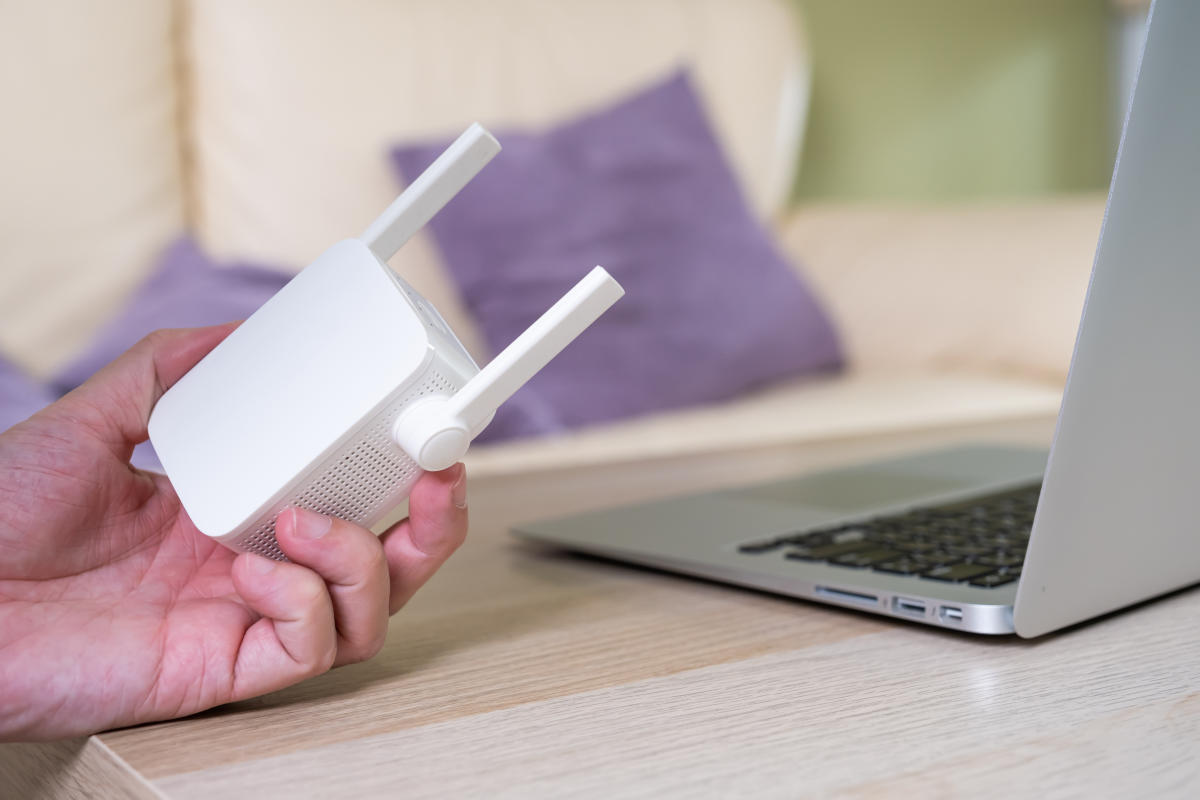Introduction
Wifi, short for wireless fidelity, has become an integral part of our daily lives. It allows us to connect our devices to the internet without the need for cables, giving us the freedom to work, browse, and stream from anywhere within its range. But have you ever wondered how far wifi signals can actually reach?
Understanding the range of wifi signals is essential for optimizing our internet connectivity and ensuring reliable performance. In this article, we will explore the factors that influence wifi range and discuss how different devices may have varying signal capacities. We will also delve into ways to extend the reach of your wifi signal, so you can enjoy a seamless internet experience throughout your home or office.
Before we dive deeper into this topic, it’s important to understand how wifi signals work. Wifi operates on radio frequencies, typically either 2.4 GHz or 5 GHz, and uses electromagnetic waves to transmit and receive data. These waves can travel through walls, floors, and other obstacles, but their strength diminishes as the distance increases.
Now, let’s explore the various factors that can affect the range of wifi signals.
Understanding Wifi Signals
Wifi signals are a form of wireless communication that allow devices to connect to the internet wirelessly. These signals operate on radio frequencies, which are designated for wifi use. Understanding how wifi signals function can help in optimizing the performance and range of your wifi network.
Wifi signals are transmitted using electromagnetic waves, similar to radio or television signals. These waves propagate through the air and can travel through walls, floors, and other obstacles, although their strength diminishes as the distance increases.
The range of a wifi signal is determined by a combination of factors, including the frequency band being used, the transmitting power of the router, and the presence of any obstructions. Most wifi routers operate on either the 2.4 GHz or 5 GHz frequency bands.
The 2.4 GHz frequency band has a longer range but is more susceptible to interference from other devices, such as microwaves and cordless phones, as well as congested wifi networks in densely populated areas. On the other hand, the 5 GHz frequency band provides faster data transfer speeds but has a shorter range and is less prone to interference.
The transmitting power of the router also plays a crucial role in determining the range of a wifi signal. Routers with higher transmitting power can cover larger areas, ensuring a wider range for wifi connectivity.
Additionally, the presence of physical obstructions, such as walls, floors, and furniture, can affect the strength and range of wifi signals. Thick walls and metallic objects can block or weaken the signal, leading to reduced coverage in certain areas.
Understanding these factors can help you position your router strategically and make adjustments to optimize the range and performance of your wifi network.
Next, let’s explore the different factors that can impact the range of wifi signals for different devices.
Factors Affecting Wifi Range
Several factors can affect the range and coverage of wifi signals. Understanding these factors can help you optimize your wifi network and improve the connectivity throughout your space.
1. Wifi Router Placement: The placement of your wifi router plays a vital role in determining the range and coverage of the signal. Placing the router in a central location, away from obstructions, ensures that the signal can reach all areas of your home or office. Avoid placing the router near walls, metal objects, or other electronic devices that can interfere with the signal.
2. Antenna Type and Position: The type and position of the antenna on your wifi router can also affect the range of the signal. Some routers have external antennas, which can be adjusted to direct the signal in specific directions. Experimenting with different antenna positions can help you find the optimal setup for maximizing wifi coverage.
3. Interference from Other Devices: Wifi signals can be affected by interference from other electronic devices, such as cordless phones, microwave ovens, and Bluetooth devices. These devices operate on similar frequencies and can disrupt or weaken the wifi signal, leading to a reduced range. To minimize interference, keep your wifi router away from such devices or switch to a less crowded wifi channel.
4. Wifi Channel Congestion: In areas with multiple wifi networks, overlapping channels can result in interference and decreased wifi range. Using a wifi analyzer tool, you can determine the least congested wifi channel and manually set your router to operate on that channel to minimize interference and maximize wifi range.
5. Building Materials and Obstacles: The construction materials used in your home or office can impact the range of your wifi signal. Thick walls made of concrete or brick can significantly reduce signal strength, especially at long distances. Additionally, large furniture and metal objects can obstruct the signal, causing dead spots or weak coverage. Positioning your router in an open space and minimizing obstructions can help improve wifi range.
6. Quality of Wifi Equipment: The quality and capabilities of your wifi router and connected devices can also affect the range of your wifi signal. Investing in a high-quality router with advanced features, such as beamforming technology or multiple antennas, can extend the coverage of your wifi network. Similarly, using devices that support the latest wifi standards, such as 802.11ac or 802.11ax, can ensure optimal performance and range.
By considering and addressing these factors, you can optimize the range and coverage of your wifi network, ensuring a seamless and reliable internet connection throughout your space.
Next, let’s explore the typical wifi range for different devices and how you can extend it when needed.
Wifi Range for Different Devices
The wifi range for different devices can vary depending on various factors, including the device’s hardware capabilities and antenna design. While wifi range is primarily influenced by the transmitting power of the router, it’s essential to understand the typical range expectations for different devices.
Laptops and Desktop Computers: Laptops and desktop computers usually have built-in wifi adapters that can connect to wifi networks. The range for these devices is similar to other devices using wifi, typically ranging between 100 to 150 feet indoors. However, this range can be influenced by the quality of the wifi adapter and the strength of the router’s signal.
Smartphones and Tablets: Smartphones and tablets also have built-in wifi capabilities and can connect to wifi networks. The range for these devices is generally around 50 to 100 feet indoors, depending on the signal strength and any potential obstructions.
Smart TVs: Smart TVs have built-in wifi adapters and allow users to stream content from various online platforms. The range for smart TVs is similar to smartphones and tablets, typically around 50 to 100 feet indoors. However, it’s important to ensure a stable wifi connection for seamless streaming experiences.
Smart Home Devices: Smart home devices, such as smart speakers, thermostats, and security cameras, may have varying wifi range capabilities. Some devices may have weaker wifi adapters, resulting in shorter wifi range. It is crucial to position these devices within a reasonable distance from the wifi router or consider using wifi extenders or mesh systems to improve connectivity in larger spaces.
Gaming Consoles and Streaming Devices: Gaming consoles and streaming devices, such as Xbox, PlayStation, or Roku, require a stable wifi connection for online gaming or streaming content. These devices usually have reliable wifi adapters and can achieve similar ranges to smartphones and tablets, around 50 to 100 feet indoors.
Wifi Extenders and Mesh Systems: If you have areas in your home or office with weak wifi signals or dead spots, wifi extenders or mesh systems can help extend the range and improve coverage. Wifi extenders boost the existing wifi signal, while mesh systems create a network of interconnected devices to provide seamless coverage throughout your space.
Keep in mind that these ranges are approximate and can vary depending on the specific environment and the quality of the wifi equipment being used. Additionally, factors such as interference, obstacles, and network congestion can affect the effective range of wifi signals.
Now that we have explored the typical wifi ranges for different devices, let’s discuss methods to extend the range of your wifi network when needed.
Extending WiFi Range
When faced with weak wifi signals or dead spots in certain areas of your home or office, there are several ways to extend the range of your wifi network and improve connectivity:
1. Position Your Router Strategically: Ensure that your wifi router is placed in a central location, away from obstructions and interference. Consider elevating the router to a higher position, such as on a shelf or mounted on a wall, to provide better coverage throughout your space.
2. Use a WiFi Extender: WiFi extenders, also known as repeaters or boosters, are devices that amplify and retransmit the existing wifi signal. They pick up the signal from the main router and extend its coverage to areas with weak signals or dead spots. Place the extender within the range of the existing wifi signal for optimal performance.
3. Invest in a Mesh WiFi System: Mesh wifi systems utilize multiple devices, called nodes or access points, to create a seamless wifi network with extended coverage. These systems provide a unified wifi network, allowing devices to switch between nodes as you move around your home or office. Mesh systems are ideal for larger spaces or multi-story buildings where a single router may not provide adequate coverage.
4. Optimize Your WiFi Channel: Congested wifi channels can lead to decreased range and slower speeds. Use a wifi analyzer tool to determine which wifi channels are least congested in your area and manually set your router to operate on that channel. This will minimize interference from other wifi networks and improve overall wifi performance.
5. Upgrade Your WiFi Equipment: If you have an older router or wifi devices that do not support the latest wifi standards, upgrading to newer, more advanced equipment can improve the range and performance of your wifi network. Look for routers with higher transmitting power and features like beamforming, which focuses the wifi signal towards the connected devices.
6. Minimize Interference: Reduce potential sources of interference by keeping your wifi router away from devices that operate on similar wireless frequencies, such as cordless phones, microwaves, or Bluetooth devices. Additionally, ensure that the router is not placed near dense walls or large metallic objects that can obstruct the wifi signal.
7. Use Ethernet or Powerline Adapters: For devices that require a stable and high-speed internet connection, consider using ethernet or powerline adapters. These devices allow you to connect your devices directly to the router using wired connections, eliminating the need for wifi and providing a reliable connection in areas with poor wifi coverage.
By implementing these methods, you can effectively extend the range of your wifi network and ensure a reliable and seamless connection across your home or office.
Now that we have explored various ways to extend wifi range, let’s summarize the key points discussed in this article.
Conclusion
Wifi signals have become an essential part of our daily lives, allowing us to connect our devices to the internet wirelessly. Understanding the range of wifi signals and the factors that affect it is crucial for optimizing our wifi networks and ensuring reliable connectivity.
In this article, we discussed how wifi signals operate on radio frequencies and can travel through walls and obstacles, although their strength diminishes with distance. Factors such as wifi router placement, antenna type, interference from other devices, channel congestion, building materials, and the quality of wifi equipment can impact the range of wifi signals.
We also explored the typical wifi range for different devices, such as laptops, smartphones, smart TVs, and gaming consoles. Additionally, we discussed methods to extend the range of wifi networks, including strategic router placement, wifi extenders, mesh wifi systems, optimization of wifi channels, equipment upgrades, interference minimization, and the use of ethernet or powerline adapters.
By applying these strategies and techniques, you can improve wifi coverage and ensure a seamless internet experience throughout your home or office. Keep in mind that wifi range can vary depending on the specific environment and equipment being used. It is important to experiment and find the optimal setup for your unique situation.
Now that you have a better understanding of how far wifi signals can reach and how to extend their range, you can make informed decisions to enhance your wifi network. Enjoy the freedom of reliable wifi connectivity and make the most out of your internet experience!







